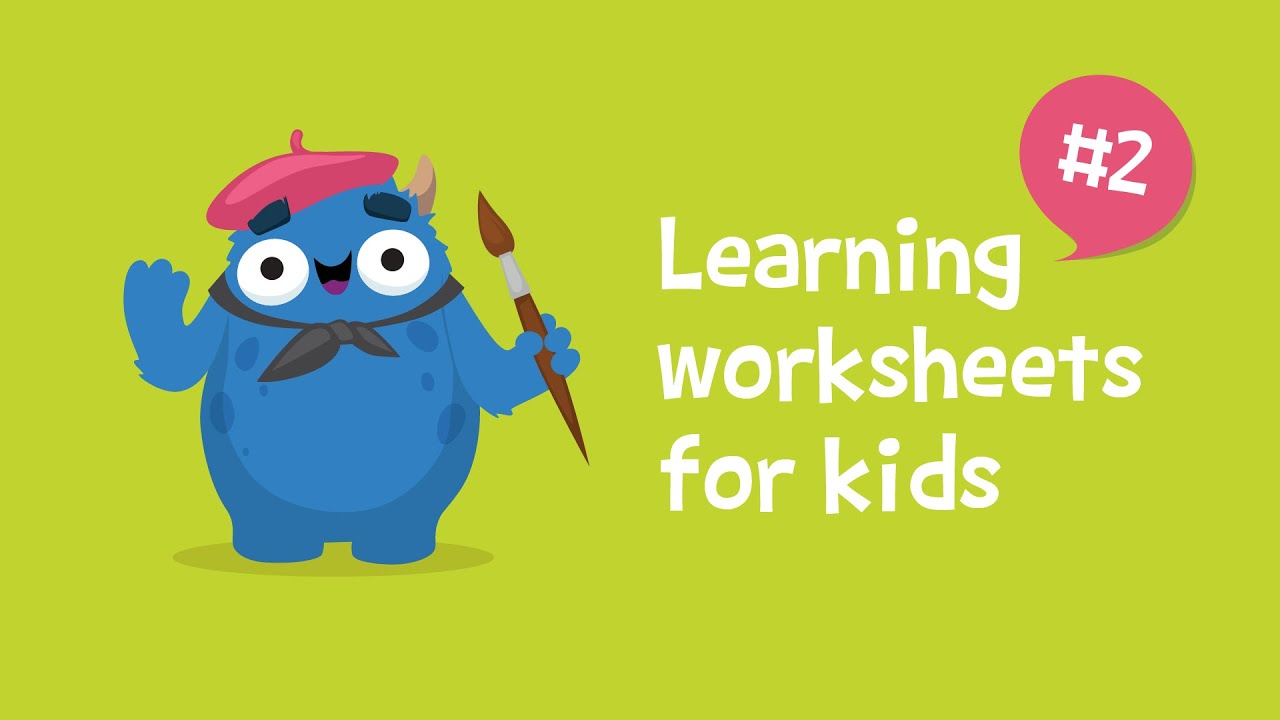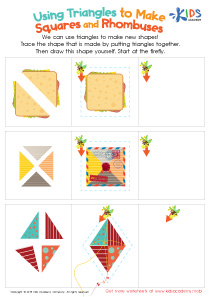Normal Fractions of Shapes Worksheets for Ages 6-9
5 filtered results
-
From - To
Discover an engaging collection of "Normal Fractions of Shapes Worksheets" tailored for children aged 6-9 at Kids Academy. These expertly designed worksheets help young learners grasp the basics of fractions through fun, shape-based activities. Each worksheet guides students in identifying and coloring fractional parts, fostering a solid understanding of how fractions represent components of a whole. Perfect for classroom use or at-home practice, our printable resources provide a hands-on approach to learning fractions, aligned with math educational standards. Encourage your child to explore math confidently and enjoyably with our dynamic worksheets today!
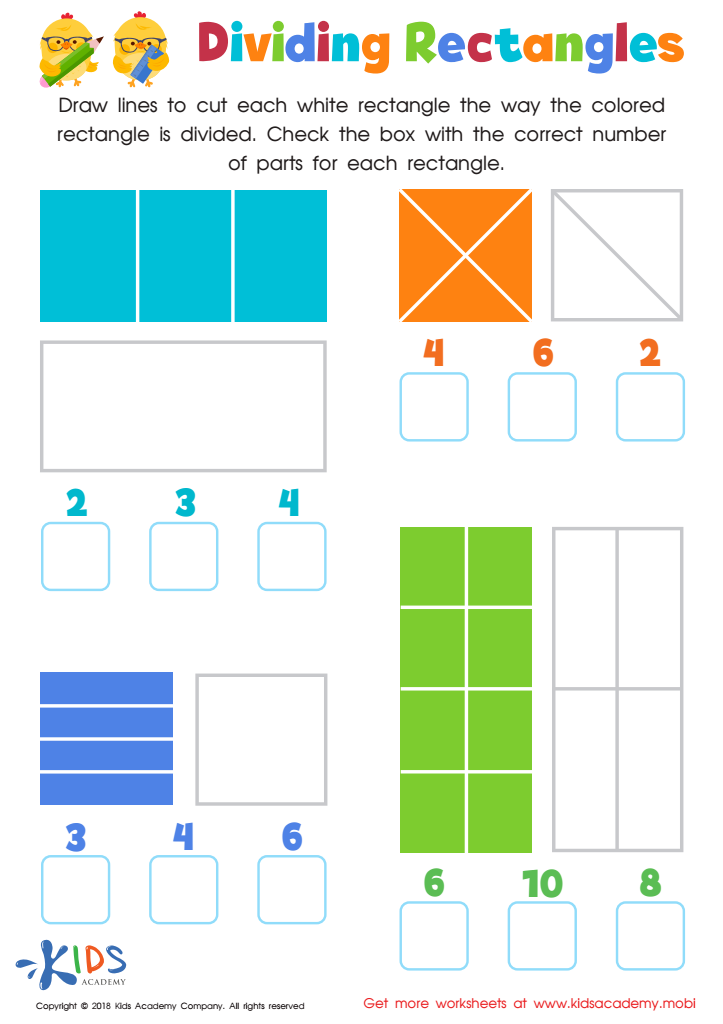

Dividing Rectangles Worksheet
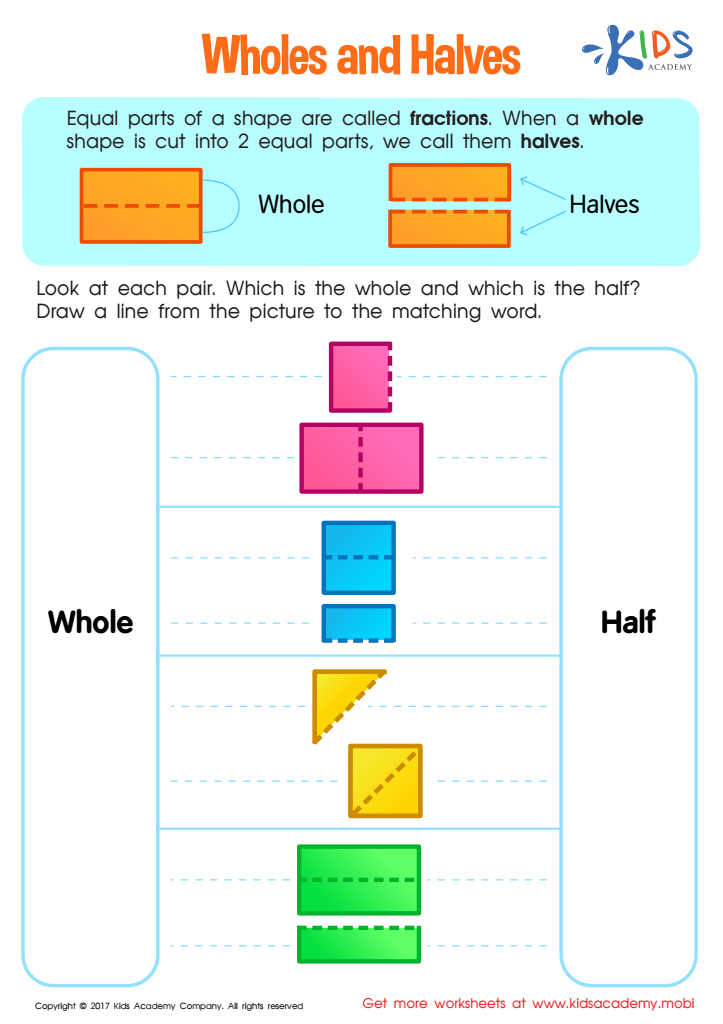

Wholes and Halves Worksheet
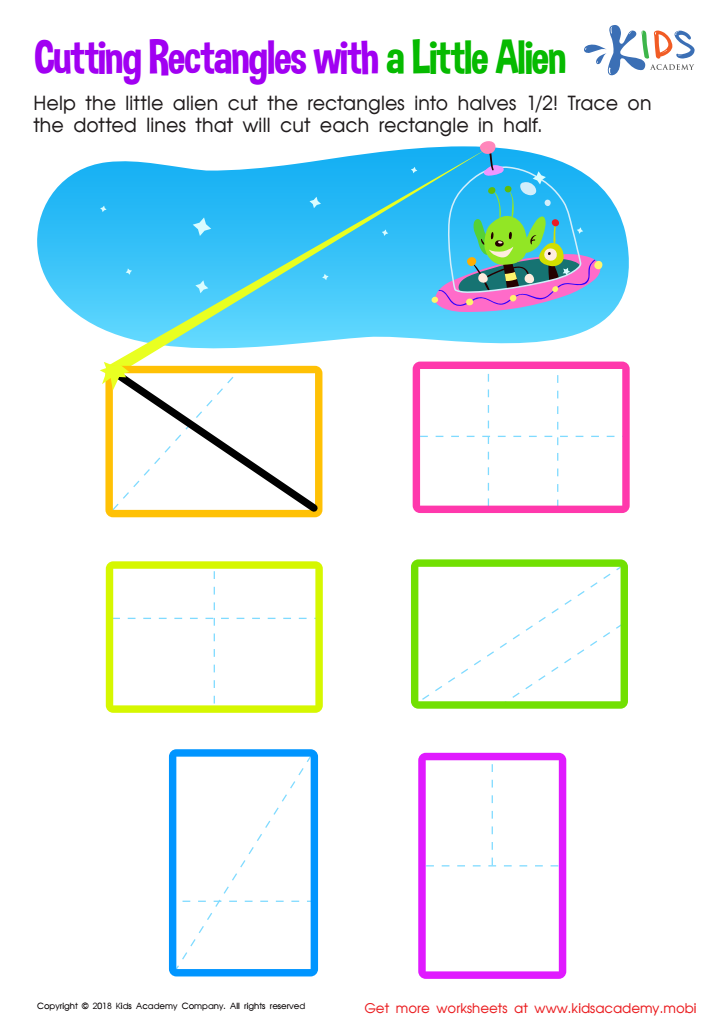

Cutting Rectangles with Alien Worksheet
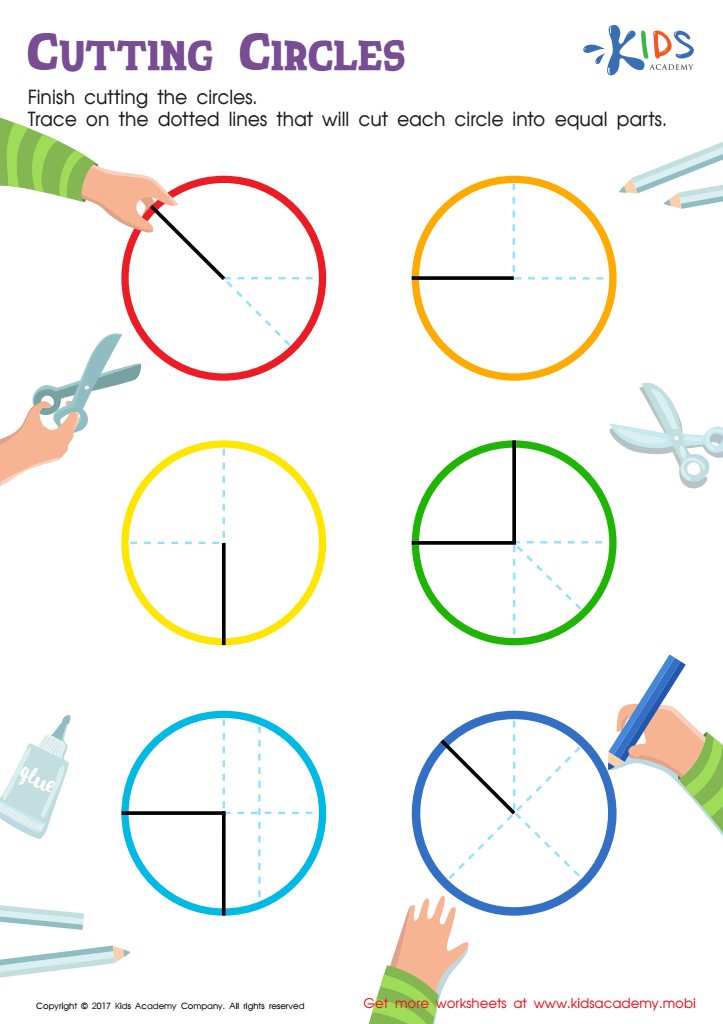

Cutting Circles Worksheet
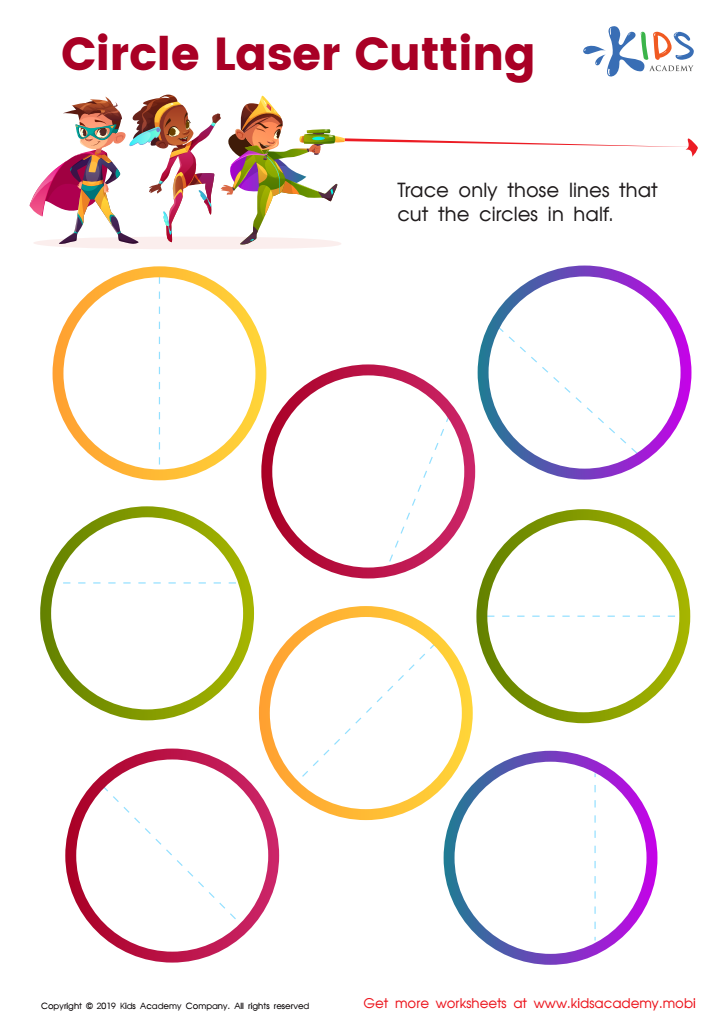

Circle Laser Cutting Worksheet
Introducing normal fractions of shapes to children aged 6-9 plays a crucial role in their early mathematical development. At this age, kids are naturally curious, and visual learning significantly enhances their understanding. Learning fractions through shapes helps them grasp the concept of part and whole, laying the groundwork for more complex mathematical reasoning.
Fractions using shapes provide tangible, hands-on experiences. When children see a circle divided into equal parts, they begin to understand what "one-half" or "one-quarter" actually means, creating a strong foundation for future fraction work involving numbers. These visual connections are essential because they link abstract mathematical ideas to concrete representations, aiding memory retention.
Furthermore, understanding fractions is not only about math. It also develops critical thinking and problem-solving skills. As children partition shapes into equal parts, they learn about equality, balance, and fair sharing — important life skills.
Lastly, fractions integrated into everyday activities make learning meaningful. Whether dividing a pizza or sharing toys equally, children encounter fractions daily. Early exposure demystifies this critical concept, reducing apprehension and fostering a positive attitude towards math.
In summary, caring about normal fractions of shapes for young children cultivates an intuitive and robust mathematical foundation, enhances cognitive skills, and bridges classroom learning with practical, everyday experiences.
 Assign to My Students
Assign to My Students






